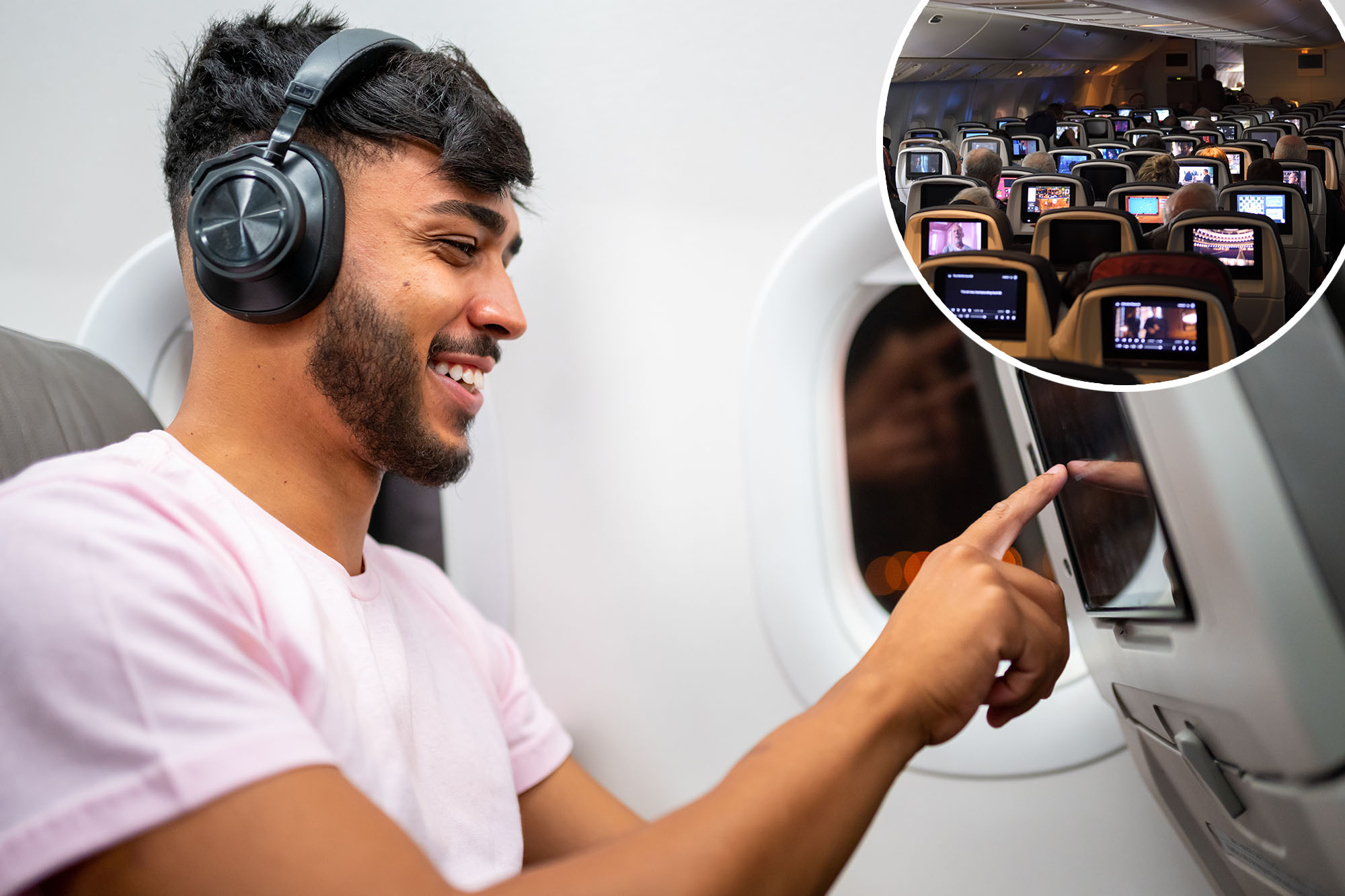Airline passengers are increasingly divided over in-flight entertainment choices, particularly regarding R-rated films being viewed in close proximity to children. This issue has drawn attention, as some travelers express frustration at having to navigate the uncomfortable situation of inappropriate content while others insist on their right to enjoy the films of their choice.
Holly Graham, a director of booking for live entertainment based in Tampa, recently shared her experience with The Washington Post. She recounted a flight where she chose to watch the film Saltburn, despite parents nearby requesting she opt for more family-friendly content. “I did not sign up to be a mid-flight babysitter,” Graham stated, emphasizing her desire to enjoy her selected movie without restriction.
On the opposite side of the debate, frequent flyer Drew Margulis expressed his discomfort with explicit content during flights. Traveling regularly from Florida, Margulis mentioned that he often skips past raunchy scenes to shield nearby children from inappropriate visuals. “You can say, ‘Don’t look at someone else’s screen,’ but that doesn’t really work with a 4- or 5-year-old,” he remarked in a direct message on FlyerTalk, a forum for avid travelers.
Finding Common Ground in Entertainment Choices
The question of proper in-flight etiquette remains contentious. Elaine Swann, an etiquette expert and former flight attendant for Continental Airlines, offered her perspective on how to navigate these situations. Swann advocates for awareness and communication. She suggests that passengers eager to watch explicit content should inform the parents of children nearby, allowing them to manage their child’s viewing experience. “We’re neighbors for the next four hours,” Swann explained. “That way the parent can do the work and shield the child and keep them busy. People are happy to do that sort of thing. It helps us to coexist in a space that is built on respect.”
Another travel expert, Kate McCulley, who runs the travel blog Adventurous Kate, recommends a practical solution: travelers should consider bringing their own devices for viewing potentially uncomfortable movies. By downloading films onto a personal device, passengers can maintain privacy while still enjoying their preferred entertainment. “This is why I like window seats,” McCulley noted. “Nobody will see a thing unless they’re spying on you in a really creepy way.”
The Future of In-Flight Entertainment
As airlines continue to expand their in-flight entertainment options, the challenge of balancing personal preferences with communal comfort will likely persist. The debate highlights a broader issue of social etiquette in shared spaces, particularly in environments as confined as an airplane cabin.
Passengers are encouraged to remain mindful of their surroundings and the impact of their choices on fellow travelers. As the industry evolves, fostering a culture of respect and communication may be essential in ensuring a pleasant journey for all. With the ever-growing diversity of available content, the conversation around in-flight entertainment will undoubtedly continue to evolve, prompting airlines and passengers alike to reconsider their approach to shared viewing experiences.



































































